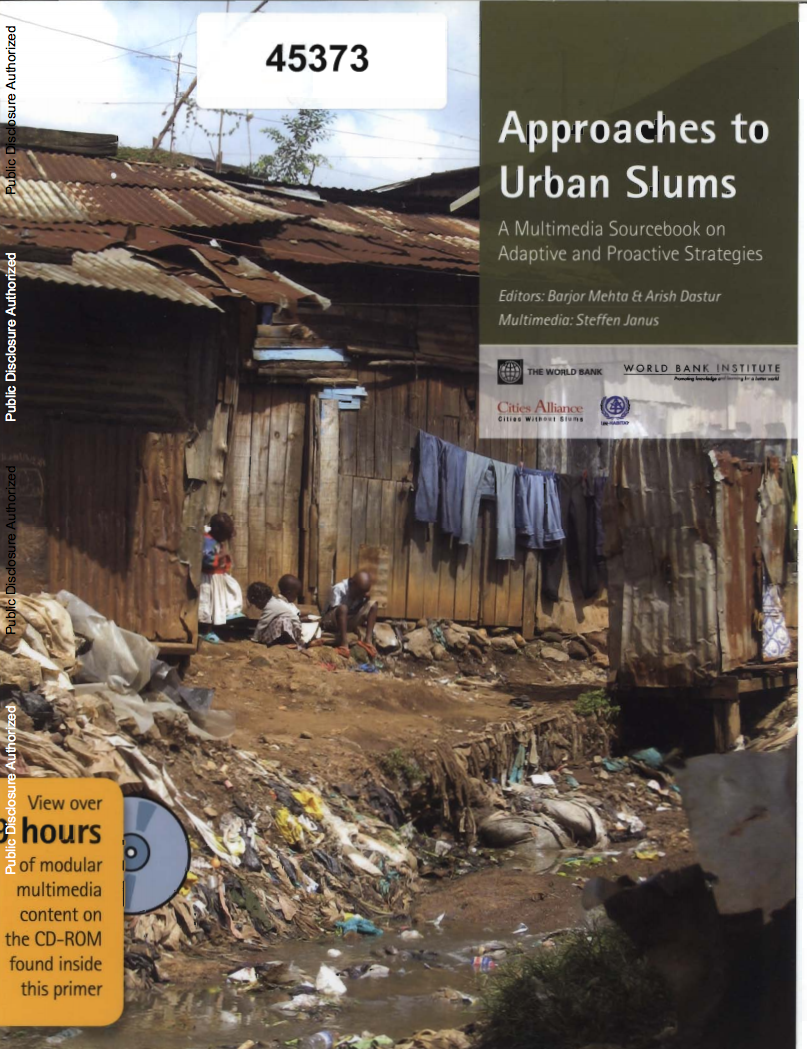Integrated Urban Upgrading for the Poor : The Experience of Ribeira Azul, Salvador, Brazil
This study looks at the experience of integrated urban upgrading in a low-income neighborhood of Salvador, Bahia, Brazil. Infrastructure and social investments have been made in the community through a government program, with community participation playing a major role in the design and implementation. This approach is now perceived to be highly successful in terms of its implementation and positive impact on living conditions, and will provide the basis for a major state-wide program.



